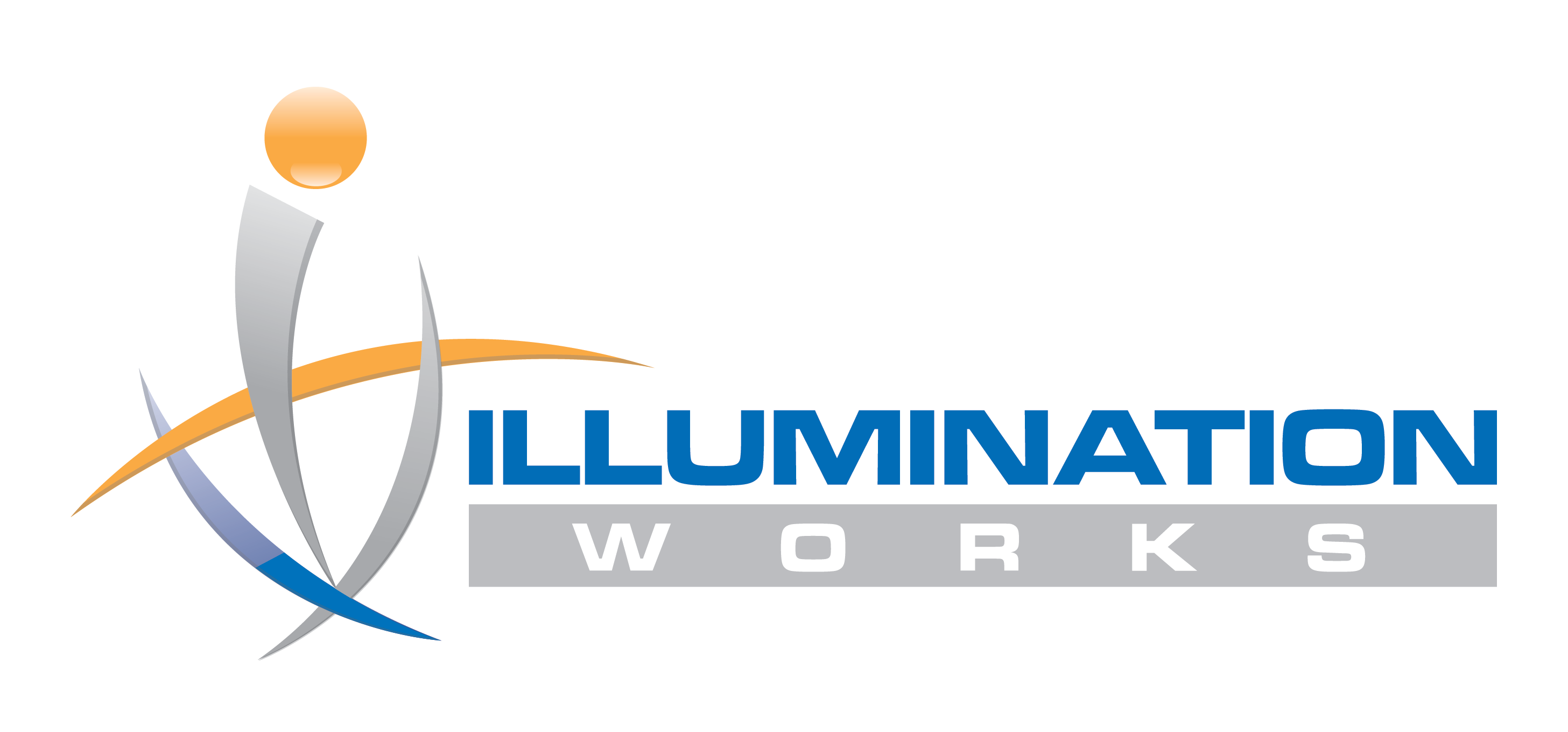We sat down with John Tribble, Principal Data Scientist, who recently attended an Army industry event where a popular topic of discussion was how artificial intelligence (AI) can be leveraged to improve Medical Logistics.
This article discusses thought leadership around improving combat casualty care and medical supply chain logistics by implementing machine learning (ML) and natural language process (NLP) analytics approaches to forecast critical medical resource requirements based on patterns in past data and simulations conducted for routine and novel situations.

Identify Priorities Fast
Dimensionality Reduction & NLP. The medical supply chain problem space involves hundreds of medical products, warehouses, medical facilities, and materiel suppliers.
Data sets can include unit-level medical materiel supply demands, unit inventory, catalogs, orders, requisitions, and supplier and manufacturer information.
The number of dimensions in combination with an extended time scale can result in very large datasets requiring vast compute resources to analyze and make predictions.
AI can assist with identification of the most relevant sources and prioritize acquisition based on ease of access, cost, and benefits for faster downstream analysis and decision making. Applying NLP techniques to medical data can rapidly extract and process textual data and transform that data into high-value, high-priority medical datasets. By applying methods such as tokenization, vectorization, and speech tagging, unstructured textual data can be transformed into a format relevant for predicting medical supply needs.
Understand Needs
Elements & Relationships. Data profiling, visualization, and correlation analysis can provide descriptive statistics for initial understanding of datasets.
For relational data, a data profiling model can be applied to the dataset to quickly understand the data elements and provide field ranges, frequency distributions, occurrence of nulls and blanks, and quantification of distinct values. For textual data, gathering summary statistics, such as word counts across a corpus would be beneficial.

Applying visual analytic representation methods, such as histograms, box plots, distribution plots, heatmaps, and word clouds to data can further enhance understanding. Correlation analysis can then applied to understand relationships among elements.

Forecast Future Needs
Machine Learning Algorithms. At this point, unsupervised and supervised ML methods and simulation modeling can be very beneficial. Standard ML algorithms, such as classical linear and logistic regression, random forests, and support vector machines, as well as deep learning algorithms can be applied to predict future medical materiel needs.
Simulation Modeling. Simulation models are highly applicable to supply chain modeling to enable rapid delivery of results to meet decision maker needs and ensure frontline warfighters have the right medicine and medical supplies at the time of need. Simulation modeling approaches, such as Markov Chain Monte Carlo (MCMC) simulations, can be applied to identify the need and determine the most optimal set of suppliers, routes, rates, and so on. Determining the need and the means to satisfy the need is important to ensure both ends of the supply chain are addressed.
Right Place—Right Time
Clustering Algorithms. Clustering is an unsupervised ML approach that identifies patterns and categories from data that was not known beforehand. Clustering should be part of any holistic supply chain modeling effort, as this technique simplifies downstream forecasting and predictive modeling. Clustering algorithms can determine optimal groups of locations that require similar medical materiel as well as supply origins and waypoints. These techniques can help identify regions that share common logistics such as delivery patterns (approaches, constraints, etc.) or infrastructure capabilities.
Time-Series Modeling. Time series-based models are critical to ensuring the forecast for different medical materiel is available at the right place at the right time.
Products with a short lifespan may need to be predicted in the short term, while products less prone to perish could be predicted in medium- to long-term durations.

Examples of relevant time-series modeling techniques include Autoregressive Integrated Moving Average (ARIMA) and Holt-Winters models for forecasting time-sensitive products. Likewise, Long Short-Term Memory (LSTM) Neural Network models can be used to forecast long-term patterns of medical materiel product supply and demand.

Unforeseen Events
Bayesian Networks. Bayesian Networks (BN) offer a powerful approach for supply chain modeling and provide an excellent technique for modeling medical materiel needs. BNs are especially useful when there are linked variables that are not known but whose values come from a random phenomenon and unforeseen events.
For example, the occurrence of an earthquake in a specific location today is unknown but has a positive probability of occurring. Other such random variables might be hurricanes, disease outbreak, enemy attacks, whether a delivery will be on time, or number of patients presenting with a particular medical condition. These variables become linked when the value of one variable influences the probable value of another. For example, a city normally has a low probability of flooding but that probability becomes high when a hurricane is imminent. BNs provide a framework for linking interrelated random variables thereby allowing updating of probabilities based on the occurrence of events.
For more information about how our Data Science Team can help you with your data challenges, please contact Janette Steets, Director of Data Science, Illumination Works.
Meet John

John Tribble, Principal Data Scientist. John was the winner of our Employee Award for Innovation last year. John performed innovative deep learning on a real-time object tracking model for an Army Scrap Inspection SBIR. The overarching solution plays the role of accurately tracking objects from the point of x-ray detection of energetic remains to physical removal by a robotic arm, even when the scrap has shifted and moved to another location along the conveyor. In addition, for a Navy Standard Missile SBIR, John created novel ML-driven failure and root cause models to enable predictive and prescriptive recommendations and prioritized maintenance activities. Learn more about John on LinkedIn .
About Illumination Works
Illumination Works is a trusted technology partner in user-centric digital transformation, delivering impactful business results to clients through a wide range of services including big data information frameworks, data science, data visualization, and application/cloud development, all while focusing the approach on the end-user perspective. Established in 2006, ILW has primary offices in Dayton and Cincinnati, Ohio, as well as physical operations in Utah and the National Capital Region. In 2020, Illumination Works adopted a hybrid work model and currently has employees in 15+ states and is actively recruiting.

